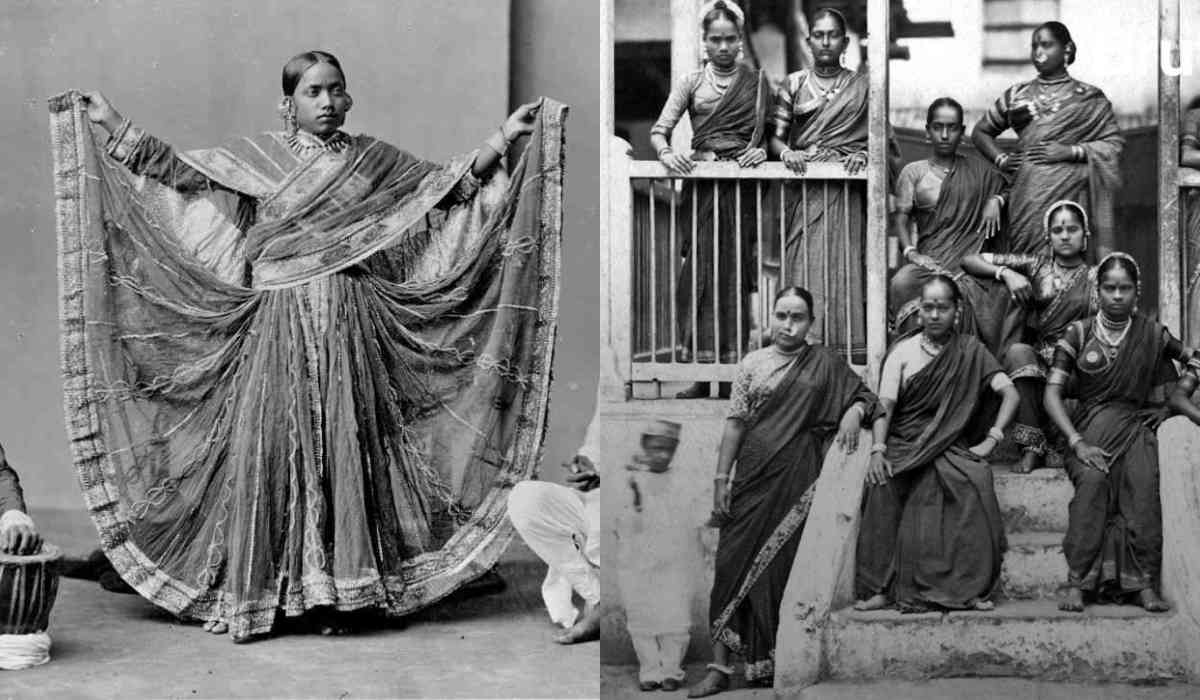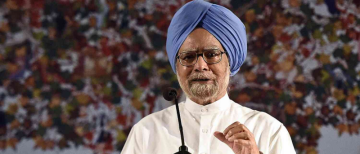In the annals of Indian history, a chapter mentions grace, elegance, and artistic finesse—the tawaif era. These were no ordinary women—in a society that lived off the richness of its legacy, they were the guardians of the arts, the distributors of culture, and the pinnacles of sophistication. But as we dive farther into the pages of history, we see how these cultural icons gradually transform into shadows of the people they once were, shrouded in the menacing guise of prostitution.
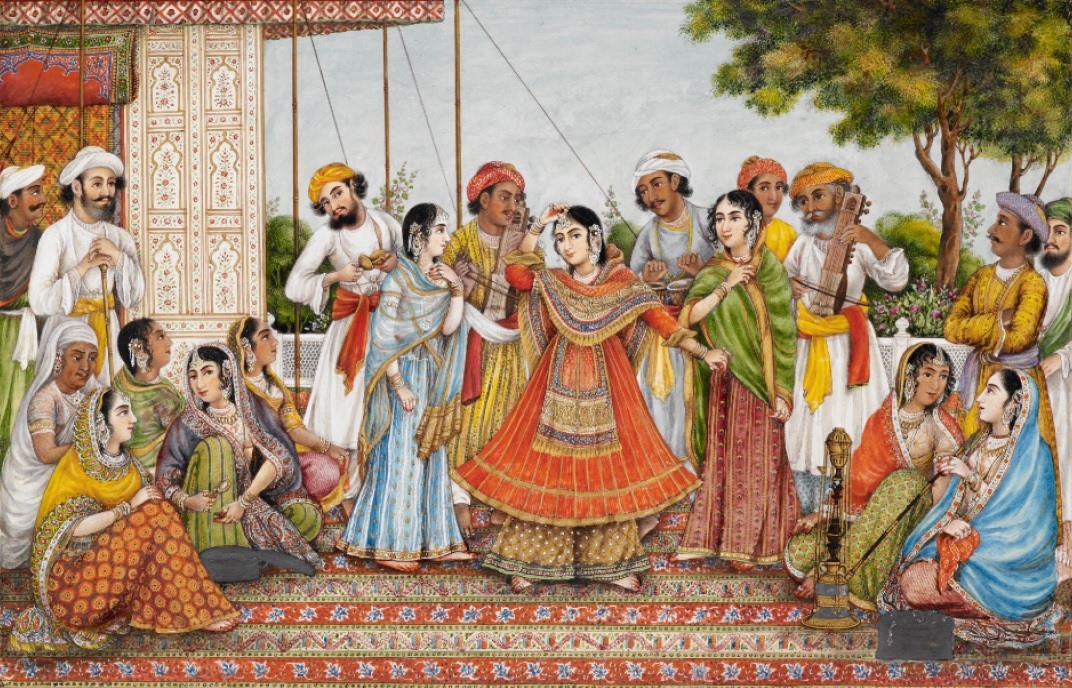
Tawaifs: The Nurturers of Art and Culture
To understand how this transition began, one must first grasp the essence of tawaif culture. Tawaifs were more than just performers; they were repositories of art and culture, representing grace and sophistication. They occupied prestigious roles in the Mughal Empire's courts, inspiring reverence and respect from both nobles and commoners. These women were more than just performers; they taught society's elite the nuances of dance, music, poetry, and other art forms.
The tawaifs were the lifeblood of Indian culture. Their enchanting performances decorated the courts, entrancing viewers with their unmatched ability and ethereal grace. In addition to providing entertainment, they supported the arts by developing talent and encouraging creativity in a culture that valued artistic expression. Their priceless contributions to literature, dance, and music shaped India's cultural landscape for centuries.
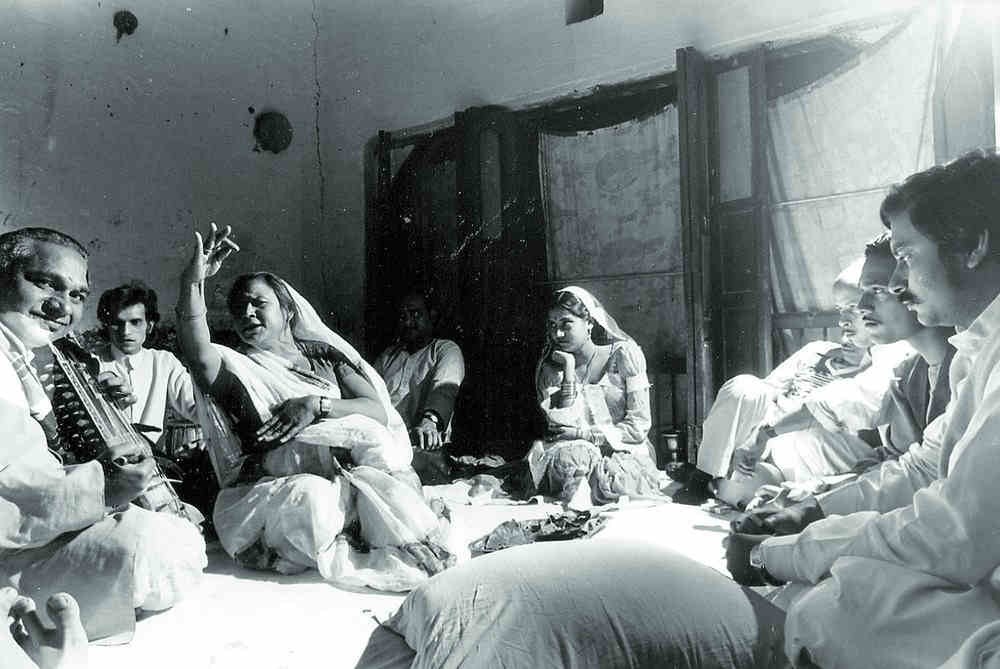
The Descent into Darkness
However, the golden age of the tawaifs was not to last. With the advent of colonial rule, their esteemed position in society began to erode. The British, with their puritanical views and moral superiority, viewed the tradition of tawaifs with disdain. What was once celebrated as art and culture was now vilified as indecency and immorality. The tawaifs, once revered as cultural icons, were now equated with prostitutes, their noble lineage tarnished by colonial prejudice.
The arrival of the British marked a turning point in the history of tawaifs. No longer were they seen as dignified performers; they were relegated to the margins of society, branded with the scarlet letter of prostitution. Colonial accounts painted a distorted picture, conflating the roles of tawaifs with that of common sex workers. The nuanced distinctions that once separated these two groups were blurred, and the term "tawaif" became synonymous with "prostitute" in the eyes of the colonizers.
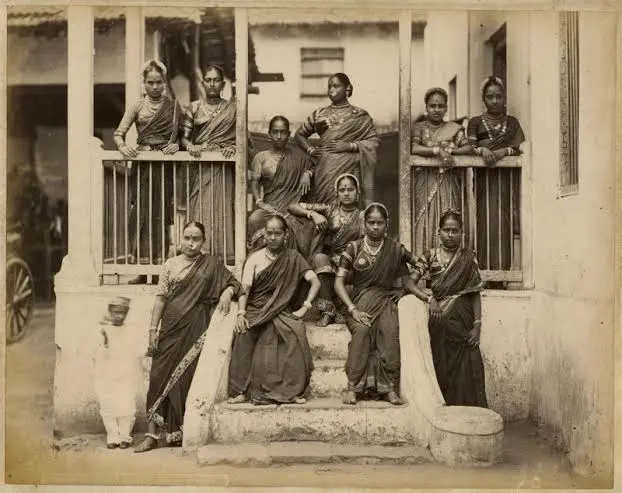
The consequences of this misrepresentation were dire for the tawaifs. Stripped of their livelihoods and social standing, they were cast into the abyss of poverty and ostracization. What was once a flourishing tradition of art and culture now lay in ruins, its practitioners marginalized and marginalized by the forces of colonialism. The tawaifs, who once graced the courts of emperors, now found themselves on the fringes of society, their voices silenced and their talents squandered.
One poignant example of the intersection between art, culture, and exploitation is the historic Heera Mandi district in Lahore, Pakistan. Once renowned as a center of tawaif culture, Heera Mandi has now become synonymous with the commercial sex trade, highlighting the tragic trajectory of a once-flourishing tradition. The dilapidated havelis that once echoed with the melodious strains of classical music now house brothels, serving as a grim reminder of the erosion of cultural heritage in the face of economic desperation.
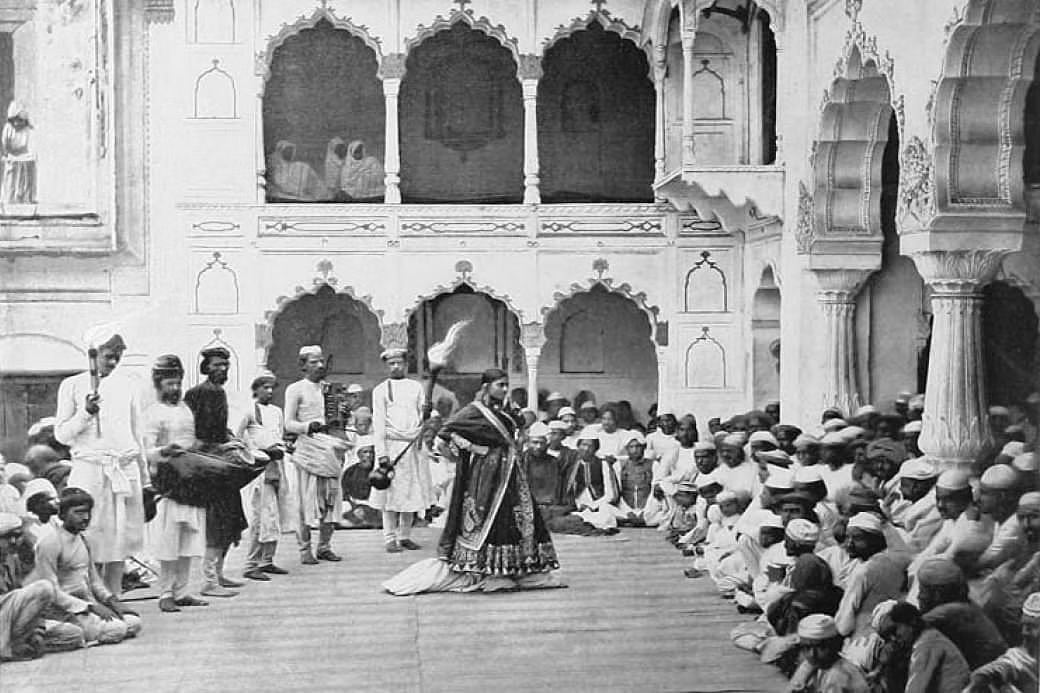
Cultural Representations: Fact or Fiction?
In popular culture, tawaifs are frequently romanticized or sensationalized, propagating myths and misconceptions. Films and television shows usually portray tawaifs as alluring temptresses or sad heroines, creating clichés that hide the complexities of their existence. Even if such depictions might include some truth, they frequently fall short of capturing the complex reality of the tawaif's existence.

Furthermore, the way tawaifs are portrayed in society often ignores their agency and ability to bounce back from hardship. Many tawaifs persisted in expressing their identities and pursuing their artistic pursuits despite social exclusion, albeit in less obvious or acceptable methods. A naive perception of the tawaif's influence on Indian culture is perpetuated by popular media, which reduces her to a cliché or exotic spectacle.
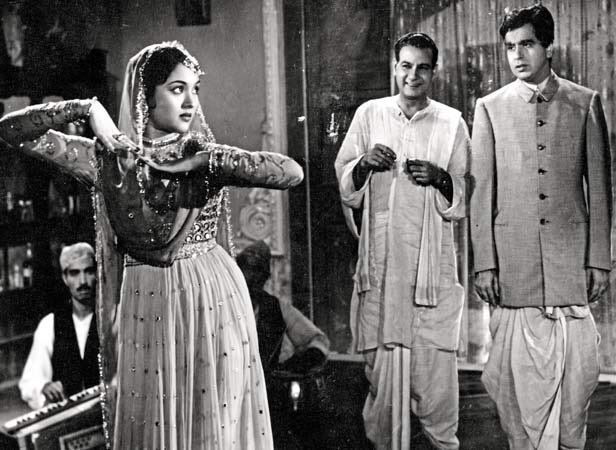
The narrative of the tawaif is a cautionary tale about the fragility of cultural traditions in the face of societal change. The path of the tawaif, from admired artists to disenfranchised misfits, mirrors greater changes in economic systems, power relations, and morals. As we grapple with the legacy of colonialism and patriarchal oppression, it is critical to recognize the long-standing contributions of tawaifs to Indian art and culture. Only by recovering their stories and honoring their legacy can we properly appreciate India's cultural diversity.
(Inputs by multiple agencies)
Ⓒ Copyright 2024. All Rights Reserved Powered by Vygr Media.

